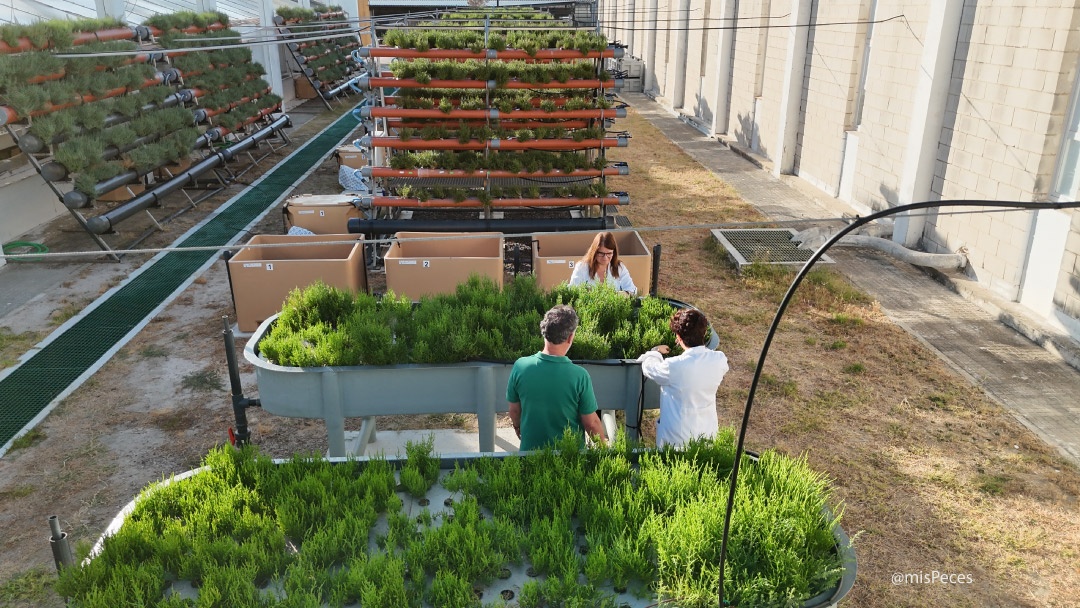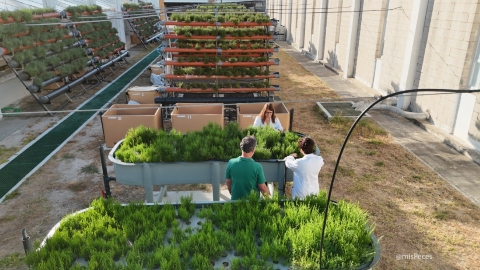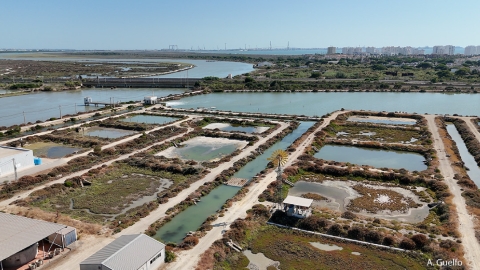 Multi-trophic cultivation of salicornia at IFAPA |@misPeces
Multi-trophic cultivation of salicornia at IFAPA |@misPeces
In the debate on aquaculture sustainability, there is a concept that is frequently mentioned yet rarely examined with the riguour it deserves: Integrated Multi-Trophic Aquaculture (IMTA) is often presented as a perfect solution for resource optimization and the transition towards circular production models.
However, this raises an important question: Are IMTAs a means to become more sustainable and circular, or are they an end in themselves? In my view, IMTAs are a means – and not always the only, nor necessarily the most suitable one.
The true purpose of modern aquaculture is to maximise resource use, reduce environmental impacts, diversify production and generate economic and social value. IMTA is one tool that can contribute to these objectives, provided it is properly designed.
Another key conceptual aspect is that the nutrients generated by finfish farming are not waste: they are opportunities. They are not residues to be removed, but resources that can be harnessed and transformed into useful biomass.
Ultimately, the consist of nitrogen and phosphorous – essential for algae, microalgae and aquatic plants – as well as particulate matter, which is fundamental for detritivorous invertebrates.
The key lies in selecting the right species. And such selection cannot be made blindly or intuitively; it must be grounded in data, modelling and scientific evidence.
This is why the C-AZA methodology, recently applied by IFAPA experts in the Bay of Cádiz case study, is so important. Only by assessing environmental suitability, economic performance and real circularity simultaneously can a robust multi-trophic system be designed.
To achieve this, it is necessary to use the Species Suitable Index, the IMTA Performance Index and the IMTA Circularity Index. These allow all key questions to be answered.
And finally – and this is crucial – for a system to be genuinely circular and economically viable for a company, all cultivated species must generate economic value. It is not enough to include species that merely act as bio-remediators: every organism integrated into the system must be productive and sustainable in its own right.



